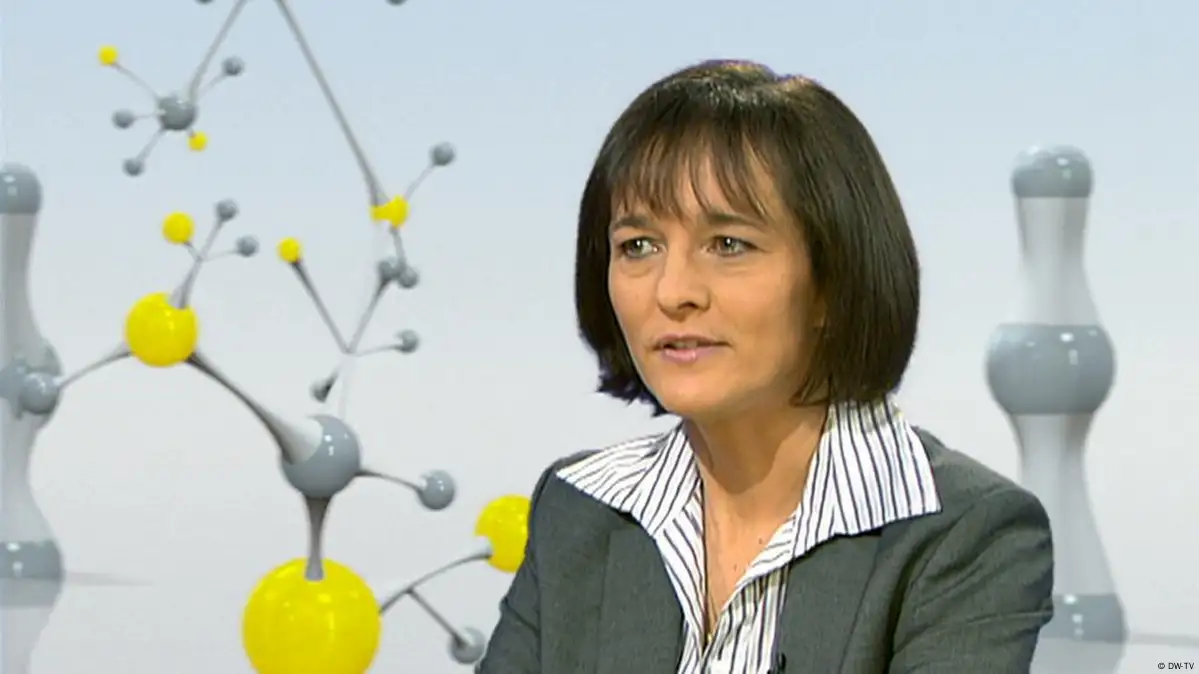DW-TV: Would YOU be comfortable getting into a car like that?
Daniela Kessner: I would not, and there are reasons for that, which I share with most others. There are actually some difficulties with only being passive in the car, and then all of a sudden having to react to the system, maybe to fail and then having to take over control. We know that people need time to adjust to the situation after they've been passive for awhile. So during that time that they need to adjust, it's actually dangerous because there is a time space where the car is actually without control.
So this is definitely a difficult technology to ever take on in a national or a worldwide sense, then.
I think so. The technological problems of driving a car with a computer, that's already obviously solved. But the interaction between the human and the machine is an open question still.
Would you say there's a difference between trusting technology on a national level or on a regional level?
I think so. We know examples from Japan, where they build robots that will take care of people when they get older. I think in Germany we would have a hard time accepting this. So it will take actually some change in how we react to technology.
Is that a cultural difference, do you mean?
Yes, I think it is cultural, because we in Germany have higher expectations of being treated and we don't accept technology so close to us as maybe Japanese do.
That's very interesting. Now you yourself specialised in human-machine interactions. What area exactly do you work in, and what do you do on a daily basis?
I work mainly with software or websites. And we try to help builders, or the companies that build the products, to improve them, to make them more user-friendly. So we take the perspective of the user and try to find weaknesses in the product that make it difficult for users to use it. So that is called usability, and that is what we do on a daily basis. We improve products.
What would you say is the most common problem that a user would find? What frustrates them the most?
I think you experience that every day when you go on the Internet and use a website, then you sit there and think, "Why can't I find what I'm looking for?" And the reason for that big problem is that the ones who built the product think completely differently about how to solve the problem. And the user has his own mental idea, mental model, about the problem, and it's not the same. So both models don't match. The technologist's model and the user's model don't match.
So what would you describe as the criteria for really good technology today?
I think at first it needs to serve a purpose. You have to really need to use it. And the criteria to actually be able to use it: it has to be user-friendly, it has to be intuitively understandable without reading a manual, without training on it. That makes a technology really usable and practical.
(Interview: Anne O'Donnell)
